ADA
As of December 06, 2025, Cardano (ADA) is trading at approximately 0.776 USD, reflecting a -3.90% decrease from the previous close.
| Current Price | 24h Price Change | 7-Day Avg Price | Support Level | Next Resistance |
| $0.776 USD | -3.90% | $0.798 USD | $0.301 USD | $1.26 USD |
📈 Technical Analysis Summary
- Price Movement: The -3.90% decrease indicates Bearish pressure; potential uncertainty or profit-taking.
- 7-Day Average Comparison: Trading below the 7-day average ($0.798 USD); weak or consolidating trend; watch for support breakdown.
- Support and Resistance Levels: Price is above support ($0.301 USD); confirms bullish base. Room for growth before hitting resistance ($1.26 USD).
- RSI Analysis: RSI at 53.60 indicates Neutral zone; balanced market.
- MACD Analysis: Negative MACD (-0.01); suggests bearish momentum.
📊 Market Sentiment
| Indicator | Value | Interpretation |
|---|---|---|
| RSI | 53.60% | Neutral; neither overbought nor oversold |
| MACD | -0.01 | Bearish; suggests downward momentum |
| Above 7-Day Avg? | No | Indicates bearish pressure or cooling off |
| Above Support? | Yes | Suggests price stability above support. |
Cardano Price Prediction Preview
| Forecast Range | Prediction Trend |
|---|---|
| Daily | 📉 Bearish — Caution in the short term due to weakening indicators |
| Weekly | 🔻 Weak — Risk of short-term pullback if support breaks |
| Monthly | N/A |
| Yearly | 🌐 Long-Term Uptrend — Range between $1–$1 possible by year-end for ADAUSD |
Related News
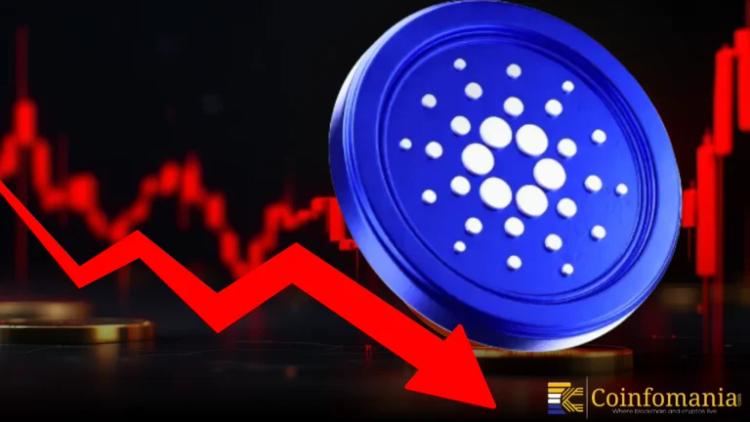
Cardano About to Explode! Traders Eye Breakout
The Cardano ecosystem took a storm to the front today when @CardanoFeed posted an article in doubt about ADA preparing a significant breakout. As the Cardano price is expected to stabilize at the $0.414 point, traders are keeping an eye on the charts since both technical movement tendencies and macro factors are improving in favor […]
Triparna Baishnab
Author
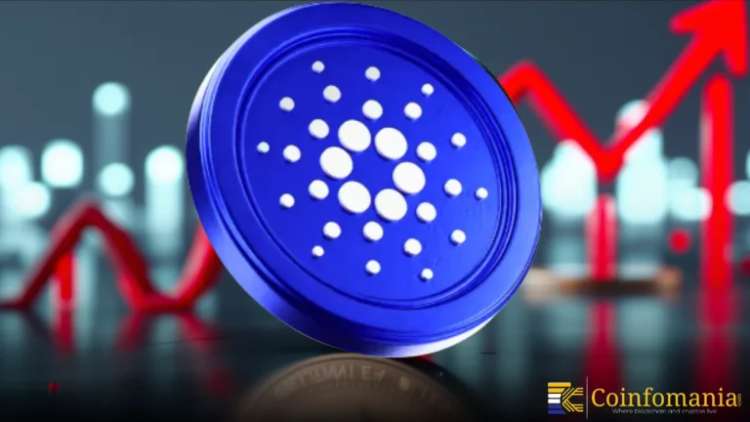
Cardano Slips Further as December Losses Deepen
Triparna Baishnab
Author
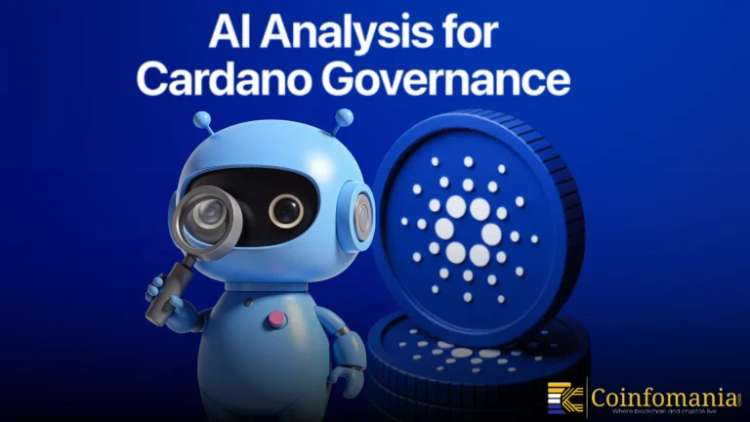
Cardano Proposal Examiner AI Agent to Automate Governance
Triparna Baishnab
Author
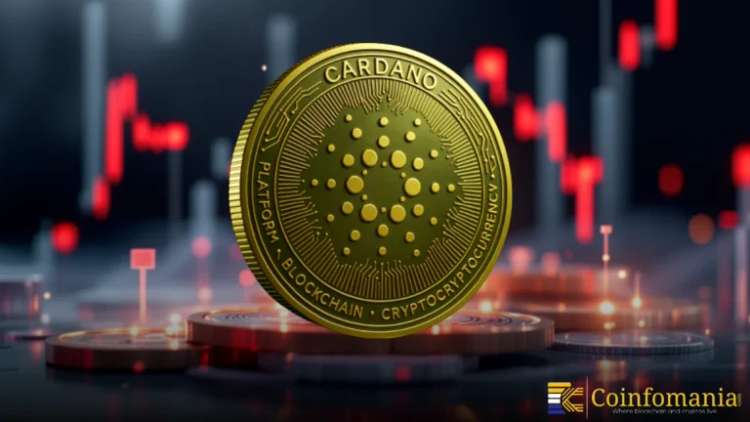
ADA Holds $0.43 Support as Bitcoin Slide Pressures Altcoin Market
Triparna Baishnab
Author
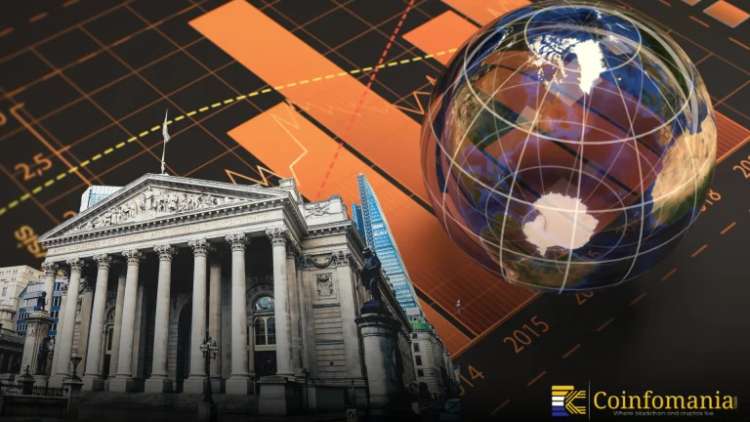
Global Currency Trends Shift in 2025 as Central Banks Enter Divergent Policy Cycles
Triparna Baishnab
Author
Cardano (ticker: ADA), aside being a cryptocurrency, is a research-backed, methodically developed blockchain that aims to solve some of the biggest problems in the crypto space. Founded in 2015 by Charles Hoskinson, one of Ethereum’s co-founders, Cardano was built with a vision to create a blockchain that balances security, scalability, and sustainability.
Unlike many projects that launch first and figure out the details later, Cardano took the academic route—peer-reviewed research, rigorous testing, and well-planned upgrades.
How Does Cardano Work?
At the very center of Cardano operations is a dual-layer architecture, which sets it apart from many competitors:
- Settlement Layer – This is where transactions happen. If you send ADA to someone, it gets processed here, ensuring speed and security.
- Computation Layer – This is where smart contracts and decentralized applications (dApps) come to life. This separation of layers helps keep the network efficient and adaptable.
Cardano uses Ouroboros, a proof-of-stake (PoS) consensus mechanism that is far more energy-efficient than BTC’s proof-of-work system. Instead of massive energy consuming mining farms, ADA holders can stake their tokens to help secure the network and earn rewards—an approach that's better for both your wallet and our planet.
ADA vs. Other Cryptos: How Does It Measure Up?
Every blockchain has its strengths and weak spots. Here’s where Cardano stands out:
- Energy Efficiency – Thanks to Ouroboros, Cardano consumes far less power than BTC or Ether (pre-Merge).
- Scalability – While Ethereum has been known to crawl when demand updives, Cardano’s methodical upgrades aim to keep transactions smooth and fees low.
- Scientific Approach – Unlike some projects that evolve chaotically, Cardano’s roadmap is backed by peer-reviewed research, which gives it a layer of credibility.
That said, Cardano has faced criticism for moving too slowly. While its methodical approach is great for security and stability, the fast-moving crypto world doesn’t always wait around.
The Role of Blockchain in Cardano
Blockchain is the backbone of ADA, ensuring things are transparent and decentralized. Every transaction, smart contract, or dApp built on Cardano runs on a secure and immutable ledger. One peculiar feature is Cardano’s EUTXO (Extended Unspent Transaction Output) model, which improves transaction efficiency and enables better smart contract execution.
Investing in Cardano
Is ADA a Good Investment?
Like all crypto investments, ADA has its ups and downs. Let’s break it down:
Pros:
- Innovative technology – The layered structure and PoS mechanism make it a strong contender in the blockchain race.
- Active development – Constant upgrades and partnerships signal a long-term vision.
- Growing adoption – Cardano is securing real-world partnerships that give it utility beyond speculation. ADA was recently named by President Donald Trump as one of cryptos that could be added to the Strategic Reserve.
Cons:
- Slow development – The deliberate, research-heavy approach means new features take time.
- Market volatility – ADA’s price movements can be dramatic, like most cryptocurrencies.
Investment Strategies & Best Practices
Thinking about adding ADA to your portfolio? Here’s how to approach it:
- Diversify – Don’t go all in on one coin. Even the most promising projects come with risks.
- Stay Updated – Follow Cardano’s roadmap and ecosystem updates. Knowledge is power.
- Risk Management – Only invest what you can afford to lose. Crypto can be a rollercoaster ride.
Long-Term vs. Short-Term Holding
- HOLDLers believe in Cardano’s vision and are willing to wait for its roadmap to unfold.
- Short-term traders aim to profit from price swings, capitalizing on ADA’s volatility.
Neither approach is better in itself—it all depends on your risk appetite and investment goals.
Legal & Regulatory Considerations
Regulation is one of the biggest drawbacks to crypto. The SEC under former Chair Gary Gensler and other regulatory bodies have scrutinized various cryptocurrencies to determine if they qualify as securities until the present administration. While Cardano has largely avoided legal trouble, the evolving regulatory landscape could still impact its future. If you are investing in ADA, keep an eye on compliance requirements in your country.
How to Buy & Trade Cardano
How to Buy Cardano
Getting your hands on ADA is straightforward:
- Pick a Crypto Exchange – Popular options include Binance, Coinbase, Gemini and Kraken.
- Create an Account – Expect to go through a verification process (KYC) on most platforms with a valid ID.
- Deposit Funds – You can fund your account using fiat (USD, EUR, etc.) or another cryptocurrency.
- Buy ADA – Place a market, or limit order, depending on your strategy.
Best Exchanges to Trade Cardano
Not all exchanges are the same. Here are some of the best for ADA trading:
- Binance – High liquidity and a variety of trading pairs.
- Coinbase – A user-friendly option for beginners.
- Kraken – Strong security features and decent fees.
Transaction Fees & Trading Costs
Different platforms charge different fees. Typical costs include:
- Trading Fees – A small percentage of each transaction.
- Withdrawal Fees – Charged when transferring ADA from an exchange to an external wallet.
Cardano Wallets & Security
Best Wallets for Cardano
For safekeeping, consider one of these wallets:
- Daedalus – A full-node wallet offering complete control.
- Yoroi – A lightweight wallet ideal for quick transactions.
- Ledger Nano S/X – A hardware wallet for maximum security.
How to Secure Your ADA Holdings
- Enable Two-Factor Authentication (2FA) – Extra security for exchange accounts.
- Beware of Scams – Double-check URLs and avoid suspicious messages.
- Keep Private Keys Offline – Store them safely to prevent hacks.
Custodial vs. Non-Custodial Wallets
- Custodial wallets store your keys for you, but you’re trusting a third party.
- Non-custodial wallets give you full control but require responsible management.
Cardano Adoption & Use Cases
Key Partnerships & Integrations
Cardano isn’t just theoretical—it’s forming real-world partnerships. Here are some:
- Ethiopian Ministry of Education – Blockchain-based student ID system.
- Dish Network – Exploring blockchain applications in telecom.
- World Mobile – Decentralized mobile network services.
- New Balance – Using Cardano for product authentication.
Adoption in Global Markets
Cardano’s presence is expanding:
- Africa – Driving financial inclusion with blockchain-based identity solutions.
- Europe & North America – Growing institutional interest.
- Asia & Latin America – Emerging use cases in remittances and DeFi.
Innovations in the Ecosystem
- Alonzo Upgrade – Smart contracts and DeFi capabilities.
- Hydra Scaling – Faster transactions, lower fees.
- Midnight Sidechain – Privacy-focused enterprise solutions.
Closing Thoughts on Cardano
Future Outlook & Growth Potential
Cardano’s development is ongoing, with promising updates on the horizon. Scalability improvements, regulatory clarity, and expanding adoption could shape its future.
Below are the pros & cons of Investing in ADA
Pros:
- Strong technology and research foundation.
- Energy-efficient and scalable.
- Growing partnerships and real-world use cases.
Cons
- Slower development compared to rivals.
- Regulatory uncertainties could impact adoption.
- Still proving itself in the DeFi space.
Is Now the Right Time to Invest in Cardano?
That depends on your investment strategy. If you are looking for a quick flip, ADA’s short-term projections show only slight gains, with a potential 0.61% ROI by March 6, 2025 and 0.87% growth by March 10. Not exactly life-changing.
However, the mid-to-long-term outlook is much stronger. ADA is expected to break past $1 by April 2025, and if the current market momentum holds, prices could reach as high as $1.77 in August 2025. That’s a potential 83.50% return compared to today’s price.
Another factor to consider is market sentiment. While technical indicators currently show a bullish trend, the Fear & Greed Index is sitting at "Extreme Fear" (20). Historically, extreme fear in the crypto market has been a buying opportunity—when sentiment flips, the upside potential can be significant.
So, is now the right time to buy into ADA? If you are the buy-and-hold type, accumulating ADA at current prices could be a smart move. But if you are more of a take-profit trader, it may be worth waiting for a clearer trend reversal before making a move.
Frequently Asked Questions
What is Cardano?
Cardano is a blockchain built for security, scalability, and sustainability, created by Charles Hoskinson in 2015.
How does Cardano work?
Cardano uses a dual-layer architecture with a proof-of-stake consensus mechanism to process transactions and run smart contracts.
Is ADA a good investment?
ADA has long-term potential but comes with volatility; it could see steady growth over time.
How can I invest in Cardano?
Buy ADA on exchanges like Binance, Coinbase, and Kraken, then store it in a secure wallet.
Where can I trade Cardano?
You can trade ADA on Binance, Coinbase, Kraken, and Gemini.
How do Cardano transaction fees work?
Fees depend on the exchange; withdrawal fees apply when transferring ADA to a wallet.
What are the best wallets for Cardano?
Daedalus, Yoroi, and Ledger Nano S/X are secure options for storing ADA.
What is Cardano’s future potential?
Cardano’s future looks promising with scalability upgrades and real-world partnerships.
What are the risks of investing in Cardano?
Risks include slow development, regulatory uncertainty, and competition in the DeFi space.
Is now the right time to invest in Cardano?
If you’re a long-term investor, now might be a good time; short-term gains are expected to be modest.